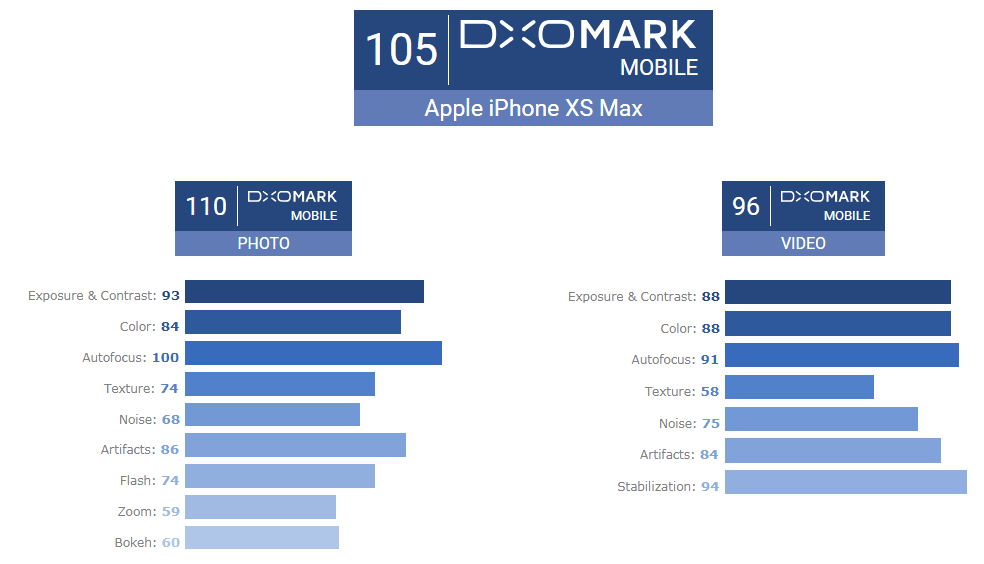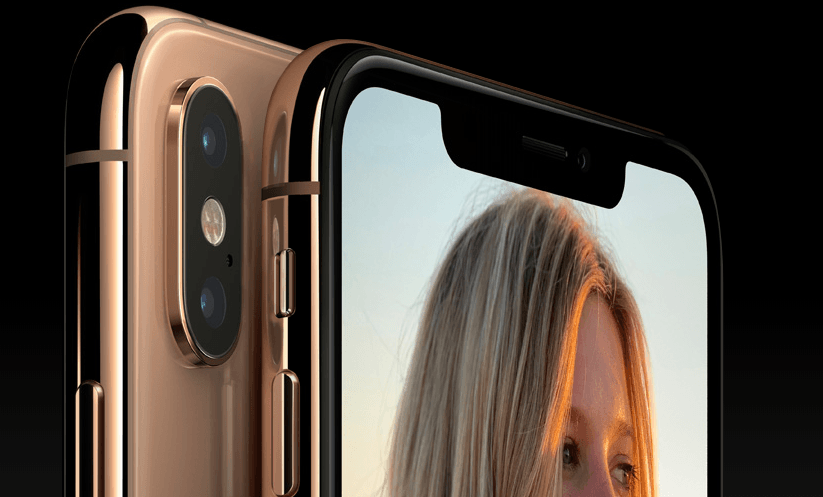Benchmarking firm DxOMark has finally come up with a camera comparison for the new iPhones. In the camera comparison for the iPhone XS Max vs Galaxy Note 9 vs Pixel 2, DxOMark concluded that the iPhone XS Max is best. However, the bigger iPhone was still not able to beat the Huawei P20 Pro.
iPhone XS Max vs Galaxy Note 9 vs Pixel 2
Apple’s iPhone XS Max comes with improved optics compared to last year’s iPhone X. Despite the upgraded setup, the new iPhone failed to top the list but still managed to beat arch-rivals Samsung and Google. The iPhone X was in sixth place on DxOMark’s list.
In its camera comparison for the iPhone XS Max vs Galaxy Note 9 vs Pixel 2, DxOMark gave the XS Max an overall score of 105, compared to 103 for the Galaxy Note 9. The Huawei P20 Pro scored the highest with an accumulated score of 109.

As far as individual scores in each category for the iPhone XS Max vs Galaxy Note 9 vs Pixel 2 vs Huawei P20 Pro battle, the iPhone XS Max got a photo score of 110, while its video recording capabilities bagged 96 points. DxOMark gave Huawei’s phone a photo score of 114 and video score of 98. The Samsung Galaxy Note 9 grabbed a photo score of 107 and video score of 94.
In performing the camera comparison, the DxOMark team snaps and evaluates more than 1,500 test images and over two hours of video. The images and video are shot using each phone’s default camera settings in natural indoor and outdoor environments and in the lab.
Some drawbacks in the camera comparison
According to DxOMark, the iPhone XS Max’s software and image processing are an “obvious improvements.” Applauding the iPhone XS Max’s camera capabilities, DxOMark said it was “pleased by the still image quality,” which is “excellent all around” in bright light. Further, the team noted that outdoor images were accurate with high levels of detail. The iPhone XS Max’s autofocus system was found to be the best ever, while the portrait mode shots were also applauded for good subject isolation.
“The Apple iPhone XS Max comes with one of the best mobile cameras we have ever tested, and in many areas offers noticeable improvements over last year’s iPhone X,” DxOMark said.
However, the benchmarking firm did find some issues with the zoom performance. DxOMark noted that though the iPhone XS Max’s zoom is “slightly improved” from the iPhone X’s zoom, it gives “course luminance noise.” Additionally, zoom shots on the iPhone XS Max have less detail compared to those taken by the Huawei P20 Pro and the Galaxy Note 9. DxOMark also found noticeable luminance noise in lower light.
DxOMark found the XS Max’s video capabilities good as well with vivid colors, accurate autofocus, dynamic range and excellent image stabilization. One gets high levels of detail in bright light, but the results in lower light were not up to the mark, and luminance noise was again a disturbance.
“In lower light, luminance noise becomes a little more intrusive than with other high-end phones, and the iPhone’s zoom mode lags somewhat behind the competition (specifically, the Huawei P20 Pro) as well,” said DxOMark.
Overall, DxOMark found the iPhone XS Max camera to be “one of the best” in its camera comparison, adding that it is the best option for “any mobile photographer” if they are OK with the “luminance noise.”
What’s different with the Phone XS camera this time?
Over the years, Apple has been upgrading its camera capabilities and then using those capabilities to market its iPhones. The iPhone XS Max’s rear camera comes with focus pixels, upgraded light sensitivity and better image processing due to the A12 Bionic chip’s neural engine and a custom image signal processor. The camera even allows users to adjust the bokeh effect even after taking a shot.
Apple’s iPhone XS features a rear dual-lens camera setup with a 12-megapixel telephoto secondary sensor (with f/2.4 aperture) and a 12-megapixel wide-angle sensor (with f/1.8 aperture). Further, the rear camera setup supports 2x optical zoom and comes with a six-element lens. It also features an improved TrueTone quad-LED flash.
Even though the iPhone couldn’t bag the top spot, Apple should be content that it beat the Note 9 in the DxOMark camera comparison. In its review published on Tuesday, Consumer Reports found the two new iPhones to be better, but not good enough to beat the Samsung Note 9.





